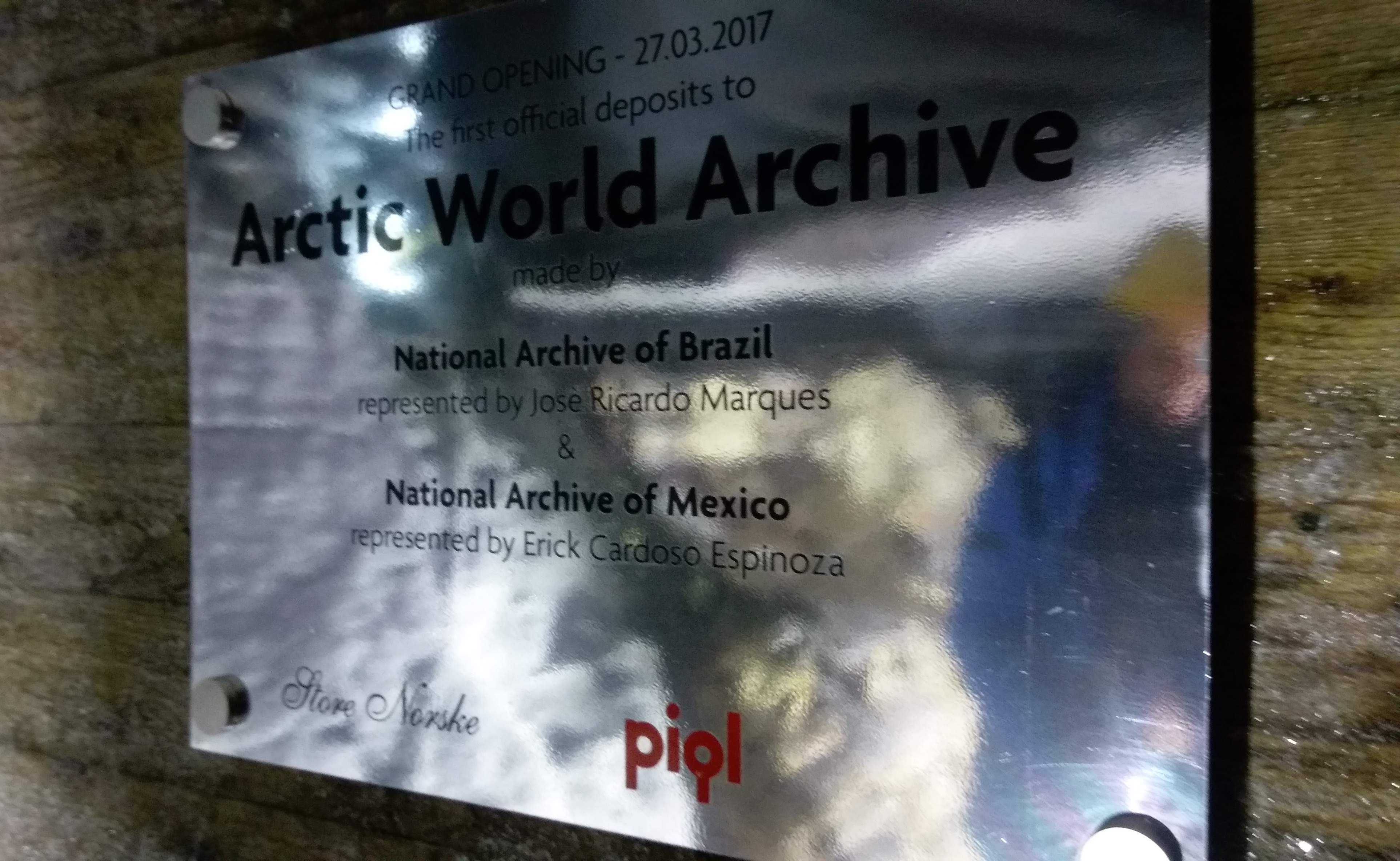If humanity crashes, Svalbard will be there when it comes time to reboot
First plants, now data: Svalbard is becoming the world's storage facility of last resort.

Contrary to urban myth, death is not outlawed in Svalbard, but, as it turns out, the Norway-administered territory is an ideal place for keeping things, if not alive, then at least dormant for long, long periods of time.
Svalbard is already known as the home of the Global Seed Vault, which, since 1984, has provided national authorities around the world with a remote, cold and politically stable location to place spare copies of the seeds contained in their own plant gene banks.
Lesser known until earlier this month was the Arctic World Archive, a storage facility for digitised information, that by next year will house a copy of all of the world’s open-source, or publicly available, computer code that exists on the internet on February 2.
That deposit, to be made by GitHub, a Microsoft-owned firm specialising in open-source computer code, comes after the company, on October 24, placed copies of 6,000 of the most popular projects created using its services in the archive. While most of the projects will be familiar only to computer cognoscenti, some, like Bitcoin, Ethererum and Linux, have wider name-recognition. Android, the operating system run by the majority of the world’s smartphones, is perhaps the only mass-used project being stored.
Losing the original version of any of the projects GitHub is committing to cold storage would have little impact on people’s daily lives, but, given the importance of the technology they enable, the company believes it will important for tomorrow’s historians to access them.
The same disused mineshaft that once housed the Global Seed Vault began a second life as the Arctic World Archive when, in March 2017, representatives from the Brazilian and Mexican national archives, together with Norwegian local authorities, deposited digitized versions of the important public records and cultural items. Since then, its holdings have grown, and now include manuscripts from the Vatican Library, corporate secrets and artworks, including The Scream, Norway’s most famous painting.
Information stored in the archive is transferred to high-tech film before being placed in sturdy plastic cases the size of an LP and finally locked away in an underground vault.
Piql, the firm that developed the film and maintains the archive, claims that the film can last at least 500 years, although tests suggest it could remain readable for twice or even four times as long.
In addition to its durability, what makes Piql’s film different from the magnetic tape used in the past for storing information, is that the information it contains is visible to the human eye, with the assistance of a magnifying glass. Typically, the information will be converted to an advanced barcode known as a QR. Should someone from the future not recognise the patterns or be aware how to decipher them, Piql includes visual instructions for constructing a simple reader. Otherwise, depositors have the option to store their information in a visual format.
GitHub will not be relying on the Arctic World Archive alone to ensure the long-term survivability of its data. Another measure includes inscribing information into credit-card-sized glass plates that could remain readable for 10,000 years. Storing information on glass has some advantages over putting it on tape, but the process has yet to be fully developed, and, unlike Piql’s film, retrieving it would require a machine.